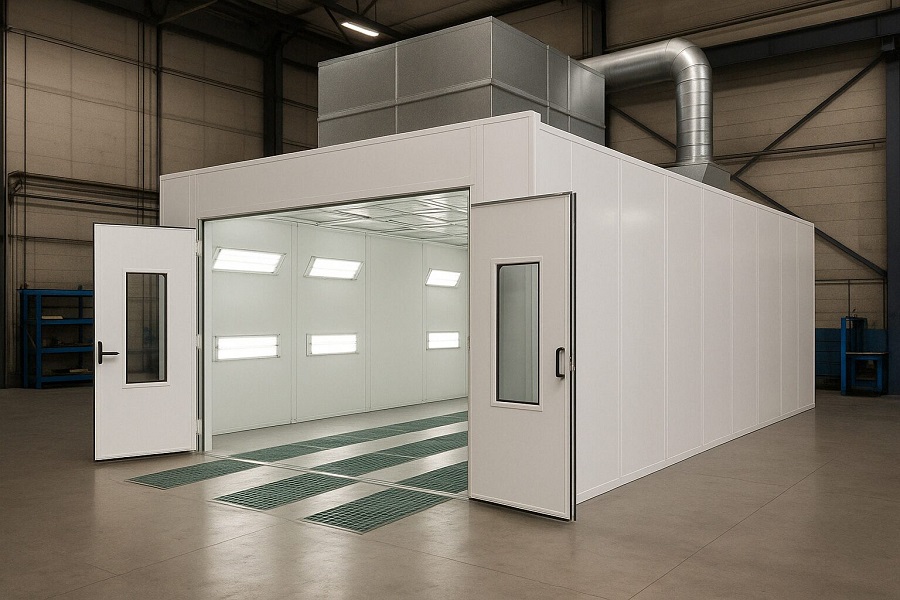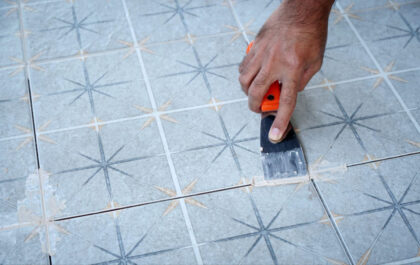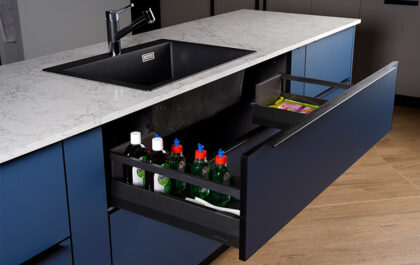Industrial operations often grow in fits and starts. A finishing line that suits today’s demand might feel cramped or obsolete tomorrow. Modular powder coating booth designs offer a flexible platform that allows expansion without wholesale replacement. By breaking the booth into manageable, connectable units, users gain freedom to reconfigure, increase capacity, or shift workflows as needs change.
Simplified Integration When Accommodating New Coating Lines
Adding a new coating line typically means extending conveyor paths, adjusting airflow, or expanding curing capacity. Modular booths simplify integration by letting manufacturers connect new modules to existing sections. Rather than rebuilding walls or forcing custom expansions, operators insert compatible panels or sections to carry the line forward.
Because modular powder coating booth components are engineered for compatibility, the new link seamlessly aligns in airflow, electrical routing, and structural support. This avoids those awkward transitions or bottlenecks that plague retrofits. Each addition behaves as if it were part of the original design, letting the facility absorb increased throughput without rethinking the entire plant layout.
Reduced Interruption During Facility Layout Changes
Shutting down a shop for a full redesign can cripple productivity. Modular booth systems help reduce downtime by enabling incremental changes. Instead of tearing down a massive custom booth, operations can relocate or adjust individual modules while most of the line remains active. This overlapping approach lets maintenance, cleaning, or rerouting occur with minimal disruption to production. Powder coating equipment and support modules shift in stages. Technicians can reconfigure sections overnight or during off-hours, rather than pulling the entire line offline.
Streamlined Site Planning That Fits Space Constraints
A plant may have odd corners, load-bearing walls, mezzanines, or utility risers that complicate booth planning. Modular booth designs adapt more easily to site constraints. Each segment carries a standard footprint, letting planners mix straight panels, curve pieces, or angled sections to fit unique floor plans.
Because modular booths often require less foundational rework, plumbing, or structural reinforcement, space planning becomes simpler. The design accommodates electrical feeds, ducts, and ceiling heights without forcing huge compromises. The flexibility reduces “dead space,” making the most of irregular or constrained areas.
Adaptable Segments That Fit Nonstandard Floor Configurations
Nonlinear plant layouts—L-shapes, stepbacks, or multiple levels—pose challenges for rigid booth designs. Modular powder coating booths insert segments that pivot or step vertically, bridging gaps or compensating for elevation changes. This adaptability lets the finishing line snake through available zones rather than fight them.
Components engineered to join at offsets, offsets, or tiered configurations permit smooth transitions across height or direction changes. In doing so, the booth remains cohesive in airflow, powder containment, and operator access, even in nonstandard footprints.
Easier Relocation Without Costly Infrastructure Rebuilds
If a facility decides to shift operations or consolidate sites, modular booth systems travel better than custom builds. Each module can be disassembled and reassembled in a new location, reducing wasted investment. The infrastructure—walls, ductwork, supports—moves with the operation.
This relocatability matters when leasing changes, new expansions demand consolidation, or acquisitions prompt site realignments. Rather than scrapping an entire powder coating booth, a modular design transforms into a portable asset. The cost of reinstallation tends to be far lower than rebuilding from scratch.
Gradual Expansion That Controls Capital Expenditures
Major capital one-time outlays strain budgets. Modular booths allow phased investment. A company might start with a core layout and expand incrementally as demand rises. They buy new modules over time rather than financing a full system upfront.
This staged growth helps maintain cash flow and proves demand before committing to capacity. It turns what might have been a risky leap into a series of manageable steps. As production justifies it, the finishing line expands in sync—never oversizing too soon.
Compatibility with Evolving Airflow and Curing Requirements
Over time, product profiles, throughput, or powder formulas may change, altering airflow or thermal needs. Modular designs permit swapping or resizing segments—e.g., installing higher-capacity fans or adding curing modules—without rebuilding the entire system.
The match between booth segments and curing zones remains consistent. A modular booth might extend its drying or curing sections while maintaining stable spray zones. Because each component is engineered to integrate with others, airflow balance and pressure differentials continue to align properly, even after upgrades.
Modular Elements That Simplify Maintenance Across Upgrades
Maintaining custom booths often means custom parts. With modular powder coating booth systems, spare modules or panels come from a common parts inventory. When operators upgrade or expand, those same modules serve as replacements or backups.
Frequent servicing—filter changes, panel cleaning, door replacements—becomes more predictable and less invasive. A worn segment can be swapped out without dismantling massive stretches of booth. The interchangeability streamlines upgrades and lowers maintenance risk across expansion phases.



